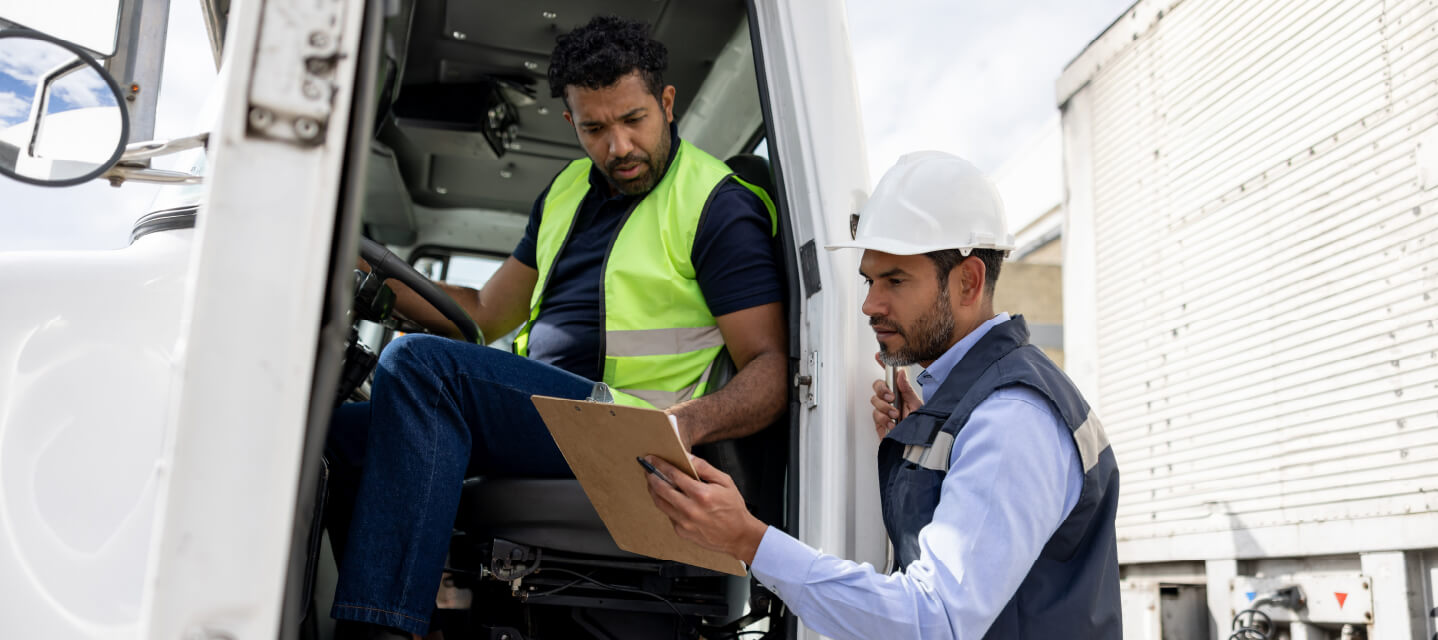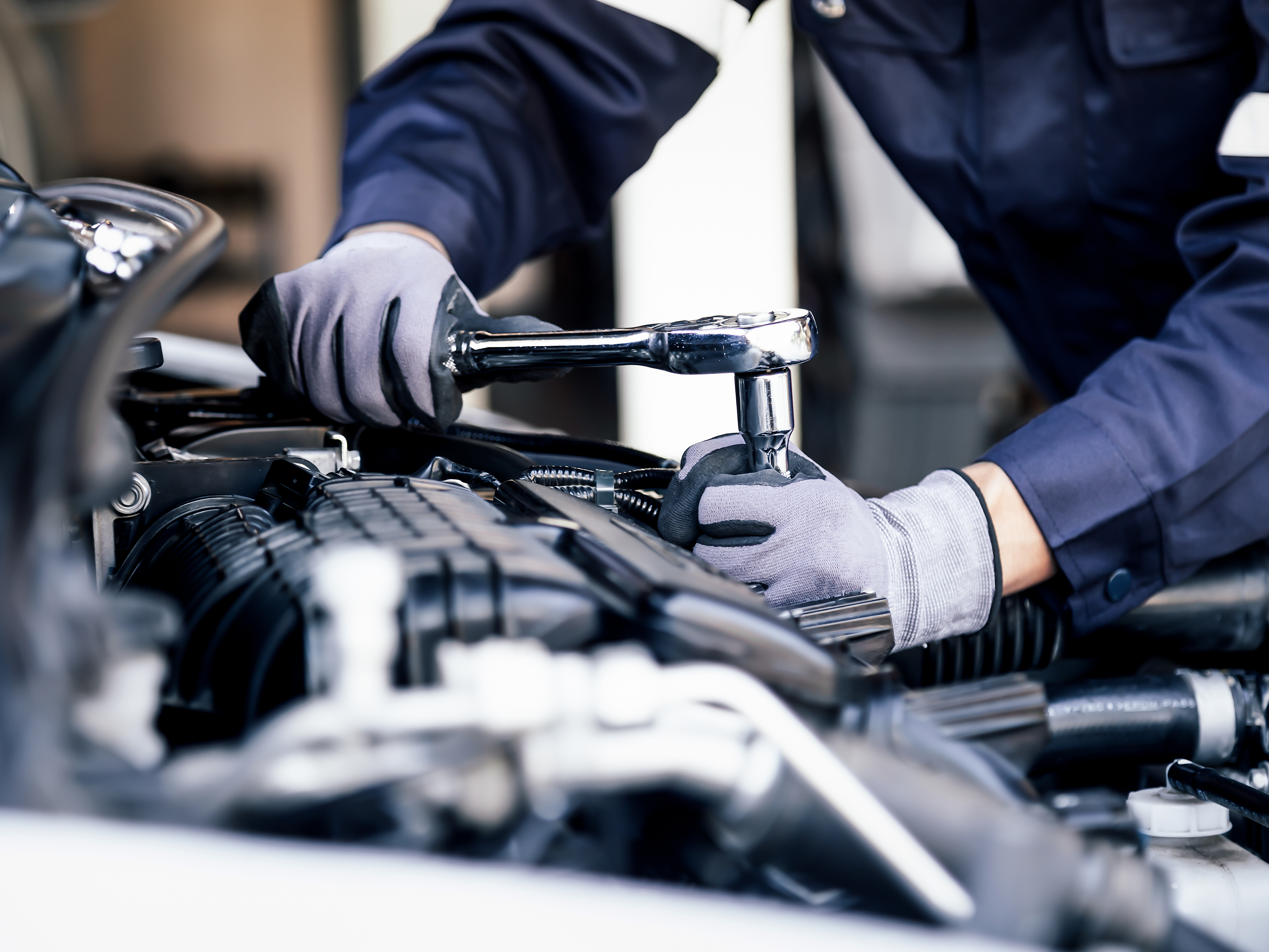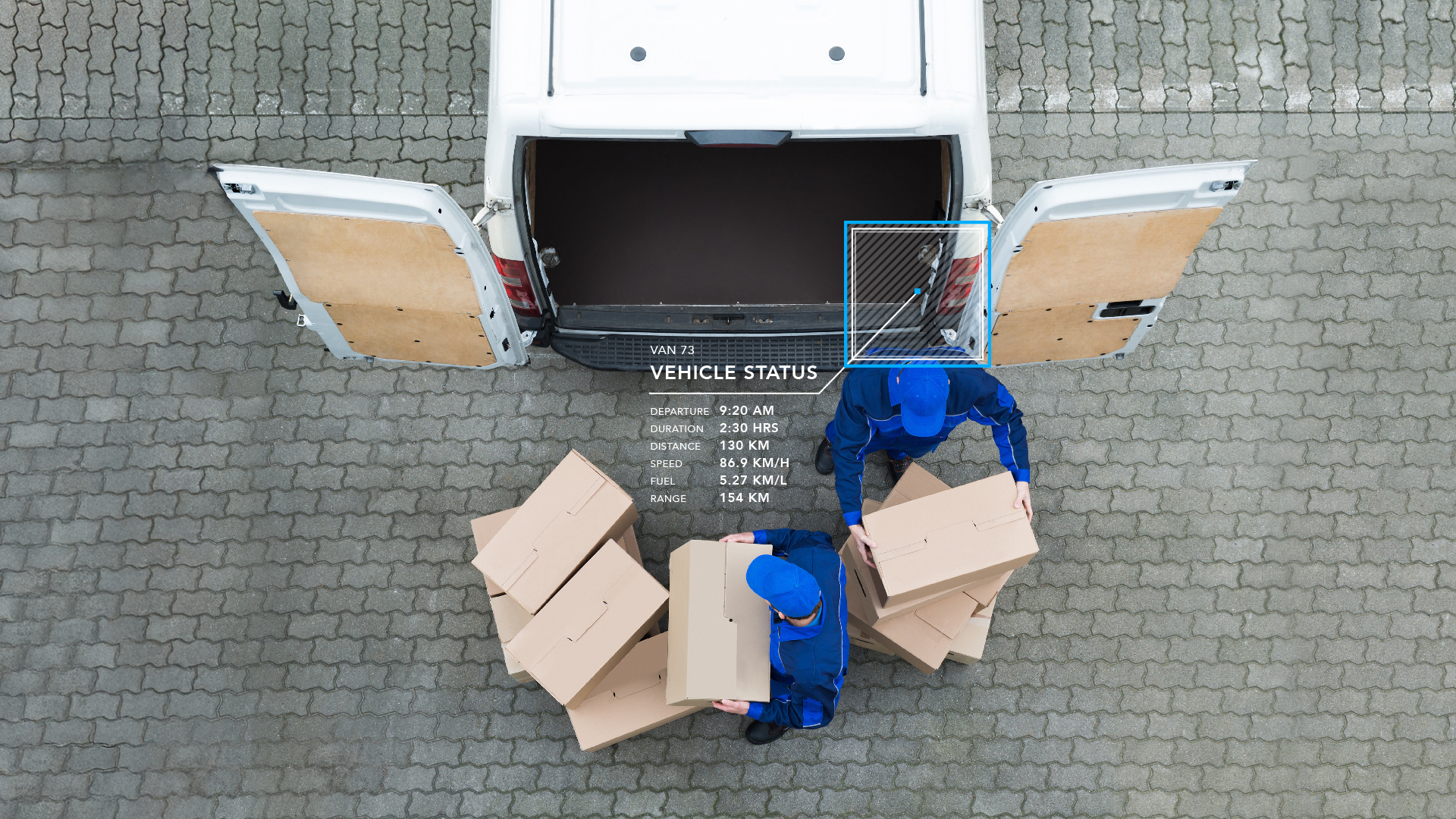The Smart Tachograph: Is it a new revolution?
A year ago, a new generation of the digital tachograph, the smart tachograph was introduced. What has been the impact since then? Let’s find out.

.jpeg)
A year ago, a new generation of the digital tachograph, the smart tachograph was introduced. What has been the impact since then? Let’s find out.
See Also: What's new in Geotab Driver - Version 7.0
The statistics
Due to COVID-19 the statistics and trends are not easy to analyse year on year, however some considerations can be made based on data provided by ACEA.
- The number of heavy vehicles was 7,370 million (6.6 million trucks and 770 thousand bus and coaches) with an increase of 431,180 units
- During 2019, the registrations of light vehicles (LCV) was 2.1 million
- Most of heavy vehicle sales were concentrated at the beginning of 2019
- In April 2019, there was an increase of 33% in registrations compared to the same period of 2018, while in June the trend was around 65%
- From 2016 to 2018, the average age of vehicles increased slightly to 12.3 years. In countries such as the United Kingdom and France, renewal has a rotation frequency of approximately 7.5 years compared to a much slower one in countries such as Germany (approximately every 10 years) or Italy, Spain and Portugal (approximately every 14 years)
What's new
The objectives of the European Union and of the regulations concerning the tachograph are: to increase road safety, guarantee minimum working conditions for professional units and to guarantee fair competition.
Harmonising working conditions throughout Europe for maximum safety is a recurrent theme for all European laws on mobility.
The new digital tachograph brings the following changes:
- A GPS antenna that records the position, the place of departure, the accumulated time and the place of arrival, calculating if the times are adequate in terms of kilometres traveled in a given time every three hours
- Introduction of the second generation of the driver card, which records additional insights such as GPS data
- A short range communication system called Digital Short-Range Communication System (DSRC) with which the authorities can check certain parameters with the vehicle in motion to decide whether to proceed with a stop for inspection
- A new communication interface with other information systems, Intelligent Transportation System (ITS), to share the data collected while maintaining privacy, allowing the driver to choose whether or not to share them
Questions that are being asked
A few questions that have been asked about this innovation include:
What impact will it have on my daily work? Will I have to change the way I operate? Is the system compatible with the new Smart Tachograph?
In reality, these changes were designed to reduce the amount of administrative practices relating to the transportation of goods and people. In particular, the remote access of the short-range control is limited to a certain data packet (provided by the new generation of tachographs) to verify any tampering, designed with the sole purpose of determining whether to stop the vehicle for a complete inspection or less. For the same reason, information on offenses relating to driving hours or rest is not included, but only that a break every 4.5 hours has been respected. The introduction of the GPS antenna and the collection of data every 3 hours of driving with the detection of the position is aimed to ensure the driver safety.
What role does telematics play?
Telematics will play a crucial supporting role for transportation companies. The analysis of tachograph data in real-time will also be increasingly essential and strategic for routing and scheduling systems that companies use for planning, in compliance* with regulations. The data therefore must be certain and integral to serve as a basis for being able to make important decisions.
The time horizon of these innovations will have more consistent effects in the long-term and also on the spread of the new tachograph in vehicle fleets according to the initial statistics of the average life of the vehicles.
*Geotab's Digital Tachograph solution assists with compliance with European Union (EU) drivers' hours rules. Furthermore, solutions offered by select Geotab Marketplace partners support compliance with local working time rules as enforced by regional authorities.
Conclusion
Telematics will play a crucial role in supporting companies so that they have reliable data to use. Geotab is able to offer advanced management of the data collected through dedicated solutions such as the Geotab Tachograph Solution to respond to European regulations . With the new guidelines of the European Union Mobility Package and to be ready for the future, it is necessary to have an open and expandable platform with solutions such as IOX-UREADER, ready immediately to meet requirements.
To learn more, visit www.geotab.com/uk/transportation
Subscribe to the Geotab Blog

With many years of experience in the telematics industry, Diego has a strong expertise in the transportation area.
Table of contents
Subscribe to the Geotab Blog
Related posts

What Is fleet management? A complete guide for fleet managers
June 13, 2025
5 minute read
.png)

Minimizing downtimes in the LRM segment thanks to predictive maintenance
May 1, 2025
4 minute read

Strategic Implementation of Telematics for Optimising Last-Mile Delivery Operations
April 1, 2025
2 minute read
.jpg)
-EN-Na-final-July24_Card-1x.jpg)
Gross Vehicle Weight Rating: GVWR for heavy loads and lorries
June 26, 2024
2 minute read
